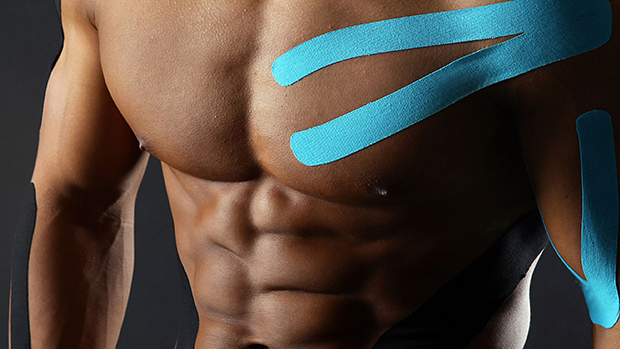Since when has wrapping yourself up like a brightly-colored mummy become a prerequisite for being an athlete? Though kinesiotape has been in use in the therapy industry for a while now, everything went into overdrive after the 2008 Beijing Summer Olympic Games, it picked up in 2012, and it became a mainstay for Olympians in 2016.
But what does it do? The athletes say the tape is a therapeutic aid for pain and dysfunction. The thought is that tape can be strategically placed over the skin in areas that can either inhibit or facilitate muscular tone, thus enhancing joint positions and the production of muscular force.
Is that true? Perhaps when administered by a rehab expert who actually knows human anatomy.
Does It Help Your Performance?
There have been countless research articles published looking into the efficacy of kinesio tape for both pain modulation and performance enhancement. Most of them show that the tape is of no help to an athlete's performance.
There are rehab experts out there that swear K-tape is the most game-changing tool they've used for enhancing the performances of their athletes, but the chances of it working when an amateur with no experience administers the tape is about as likely as an ice cube's chance in hell.
Use It Correctly
If you're going to go down that rabbit hole, at least do it right. Look, there's a reason why certified practitioners and movement specialists get certified in this stuff. There's indeed a science and skillset to properly administrating K-tape. Go see one of those people. They paid thousands of dollars to be a certified tape specialists and may actually know what they're doing.
Knee Tape Strapping for Lateral Knee Pain
That said, you can tape yourself up using nothing but plain athletic tape. It's not a cure-all, but the treatment can be useful in some circumstances.





